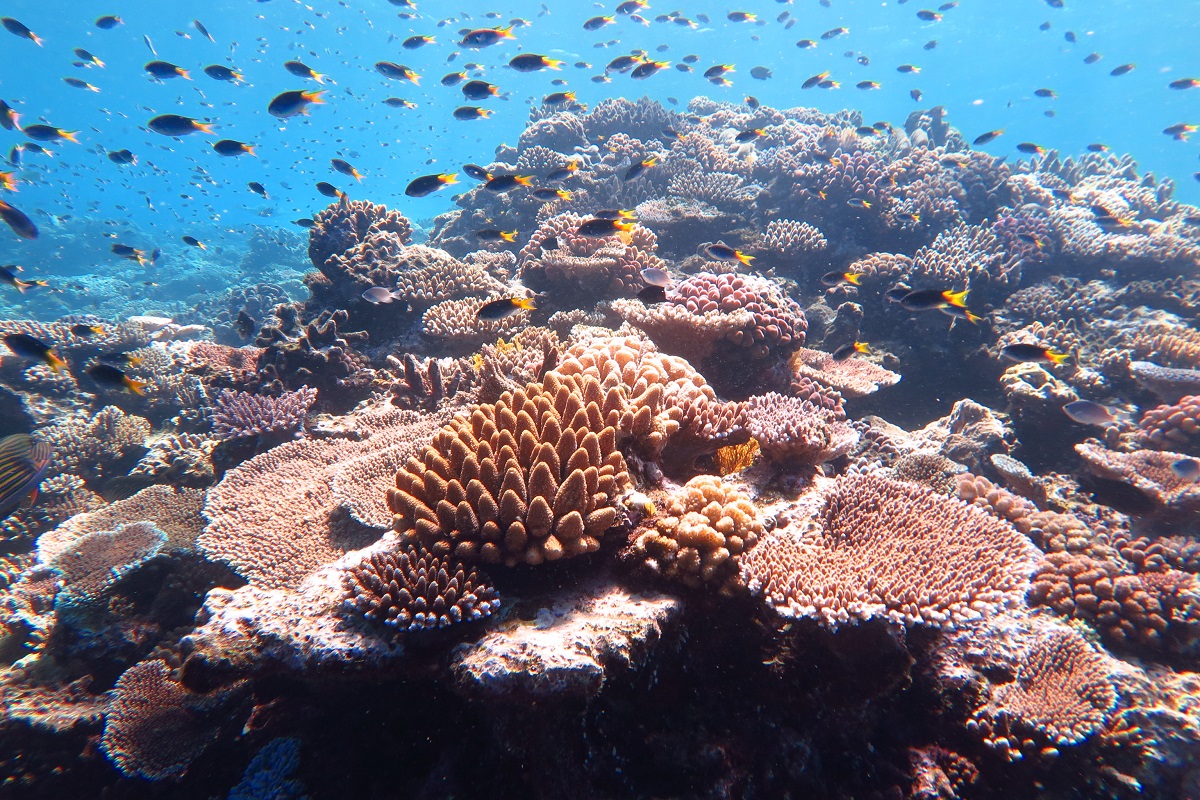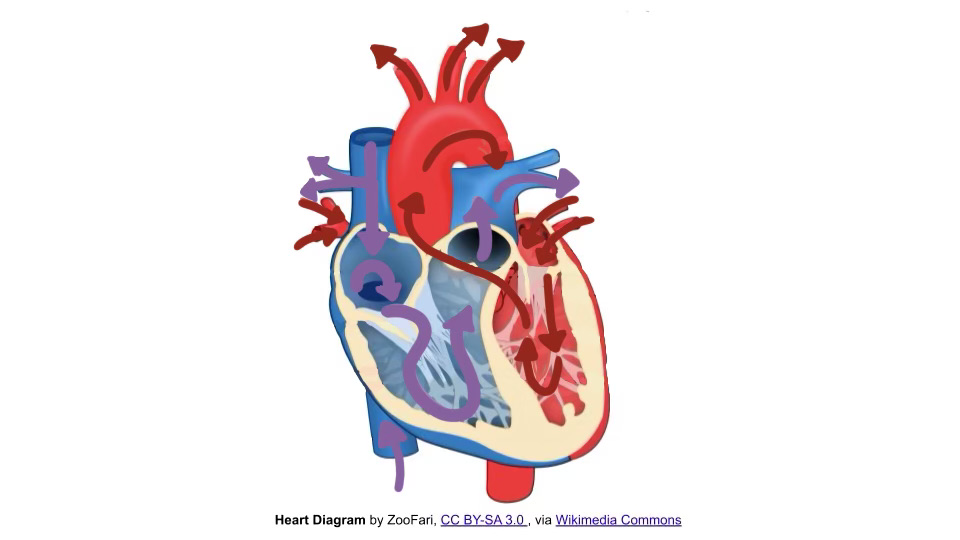Globally adopting solar, along with other renewables, is a continuing trend as the share of renewables reaches 30% in the global market. With this trend, follows an inability to obtain the resources needed to build items such as solar panels. So begins the wide invasive search for any minerals that will fill this demand.
Upon this search, corporations and scientists alike struck gold in the deep-sea ecosystem known as the Clarion-Clipperton Zone containing minerals compact into nodules known as polymetallic nodules. These deep-sea nodules contain resources such as nickel, cobalt, copper and manganese.
Polymetallic nodules are formed by the accumulation of sediment on a central nucleus, typically shells or shark teeth. Over millions of years sediment accumulates to form these nodules, which provide a substrate for an entire ecosystem with a variety of species.
Ironically the nodules being used for manufacturing renewable energy are nonrenewable resources as some have been forming since humans were hunter-gatherers 2.5 million years ago.
Although polymetallic nodules contain a variety of rare and useful minerals, there were previous alternatives for metals such as copper. Aside from the alternatives, there was limited technology to reach the depth of the deep-sea ecosystem.
Most of the current technology used to mine these resources will have catastrophic long-lasting effects on these ecosystems. Noise, light and release of toxic waste will have widespread long-lasting consequences that scientists don’t even understand the full scope of. As scientists estimate, there are 88% to 92% unknown species in this ecosystem and companies plan to disrupt these ecosystems before scientists can research properly.
A prevalent issue with deep-sea mining is that these species don’t exist anywhere else on Earth. With a lack of experience and limited time to fully grasp the effects of deep-sea mining, these species could cease to exist.
Furthermore, these precious minerals and species have significantly developed pharmaceutical technology in the treatment of diseases such as cancer and Alzheimer’s.
While scientists know very little about these ecosystems, a recent discovery has brought a whole new understanding of deep sea life.
DeepCCZ Expedition has discovered organisms that are beyond anything we have seen.
“The CCZ has the highest biodiversity of any abyssal area that’s been sampled in the ocean,” Craig Smith, a professor at the University of Hawaiʻi who’s been studying the Clarion Clipperton-Zone for decades, said.
The abyssal zone covers 70% of the ocean’s ecosystem reaching depths of 3,000–6,500 meters.
As scientists race to grasp the full effects of destructive mining in the ocean, there is a new ecosystem being discovered underneath the ocean floor. There is a variety of valuable resources and potential in the Clarion-Clipperton Zone and extracting them could limit future discoveries of unknown resources.
The rush with the extraction of these precious metals is also due to resources currently causing genocide in Congo, Cobalt. Cobalt mining in the Republic of Congo is due to the demand for electronics such as batteries that power our technology. There is a debate within human rights associations and scientific communities on the ethics associated with extracting the resources to make technology.








